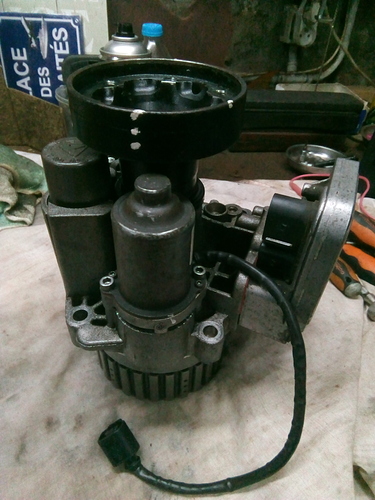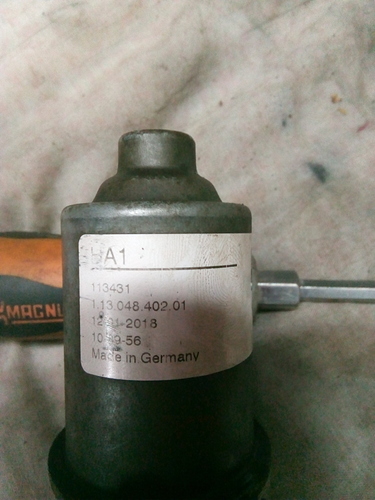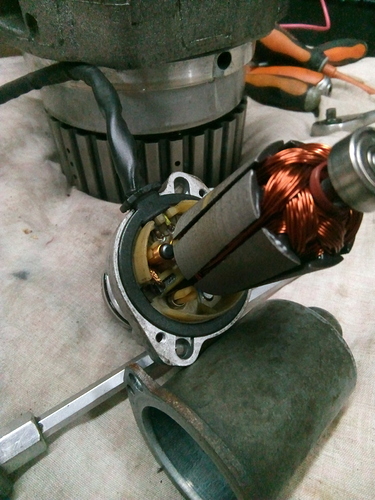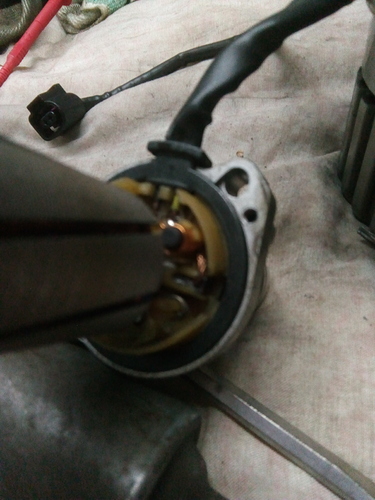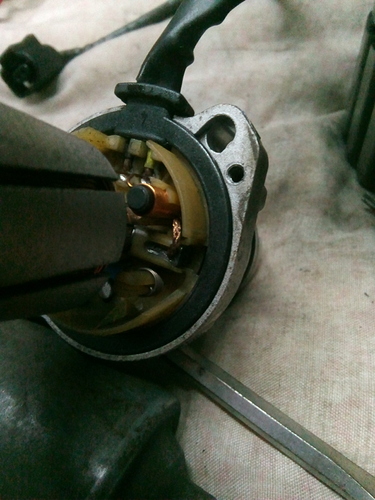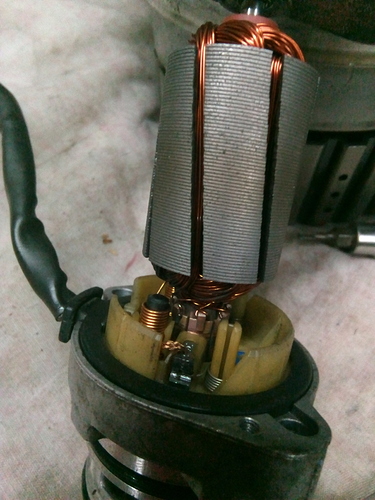Hi All
If any of you electrical gurus ( Rhino ? ) can point me in the right direction I would be very greatfull !
Servicing the haldex on my new to me Freelander 2 TD4. My question relates to the resistance in ohms of the pump.
From searching forums and reading advice at Haldex specialist websites, it seems the resistance of a good working haldex pump fitted to the Freelander 2 ( live and ground ) should be between 5-8 ohms.
Not much actual information on Landrover owners sites from individuals experience.
However there is a lot of information on other owners sites ( mainly VW, Audi, Skoda etc ). The experience there seems to dictate that most people get a reading of around 2.2 - 2.5 ohms at the connector.
After a thorough cleaning and examination of my pump, I am getting 2.4 ohms at the connector and 6.2 ohms across the brushes. The brushes seem in good condition with little wear. Signs of wear on the armiture, but nothing too severe ( IMHO ). The pump seems to run well when connected directly to a 12v battery ( though not under any load ).
Does this sound right? I have little experience with dc motors and resistance. The wire from the housing to the connector is about 250mm long and aprox 0.8mm gauge wire.
Its a pain to get the haldex off, so I do not want to put it back together and refit to find I have a failed pump ( which is pretty common by all accounts due to the Haldex being a non servicable item according to JLR and can lead to drivetrain problems including failed diffs! ).
The VAG group recommends servicing at different intervals,for different vehicles though the consensus seems to be new oil at 20k and new oil and filters at 40k .
The different generations of haldex fitted by different vehicle manufacturers are all produced by the same company, Haldex, but the haldex control module is configured differently depending on the application.
A new pump is circa £240 and a new Haldex unit complete a staggering £3500. Anyone have any opinions ( other than just buy a new pump for peice of mind, as things are a bit tight at the moment ! ).
Thanks in anticipation
Richard
